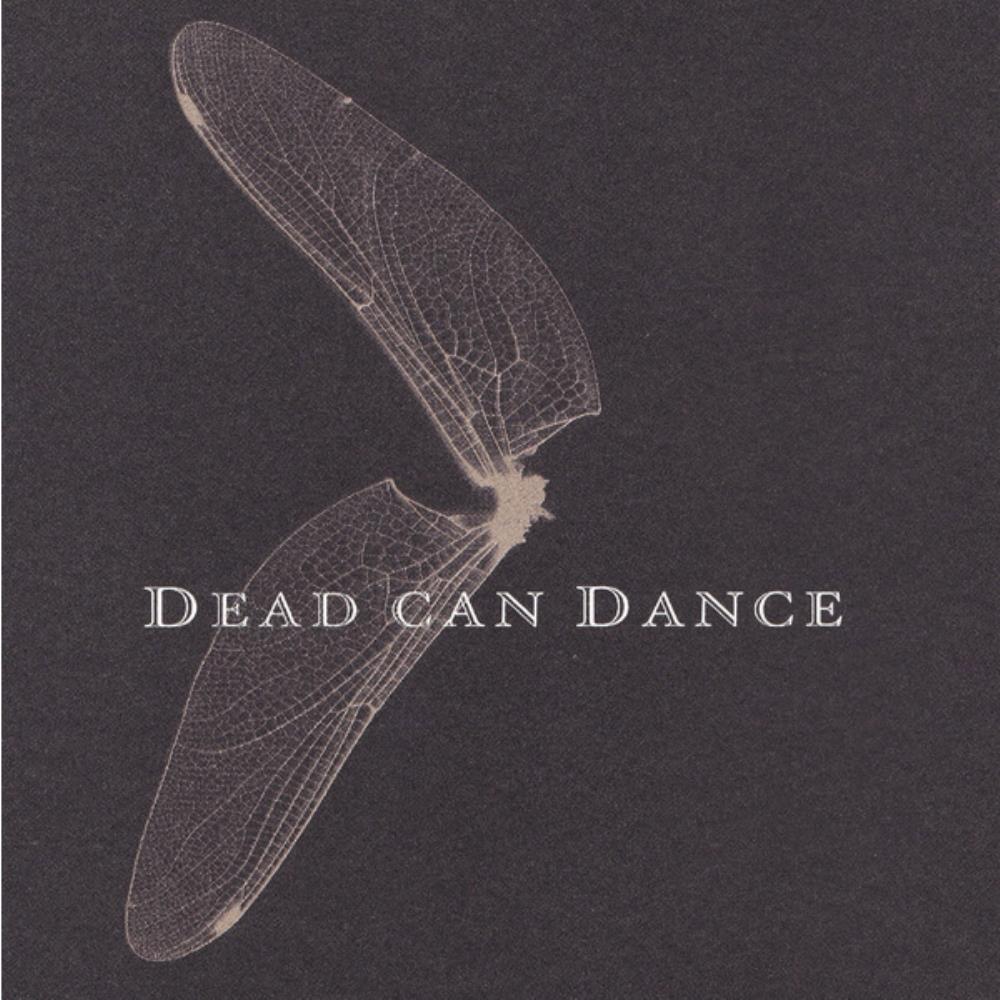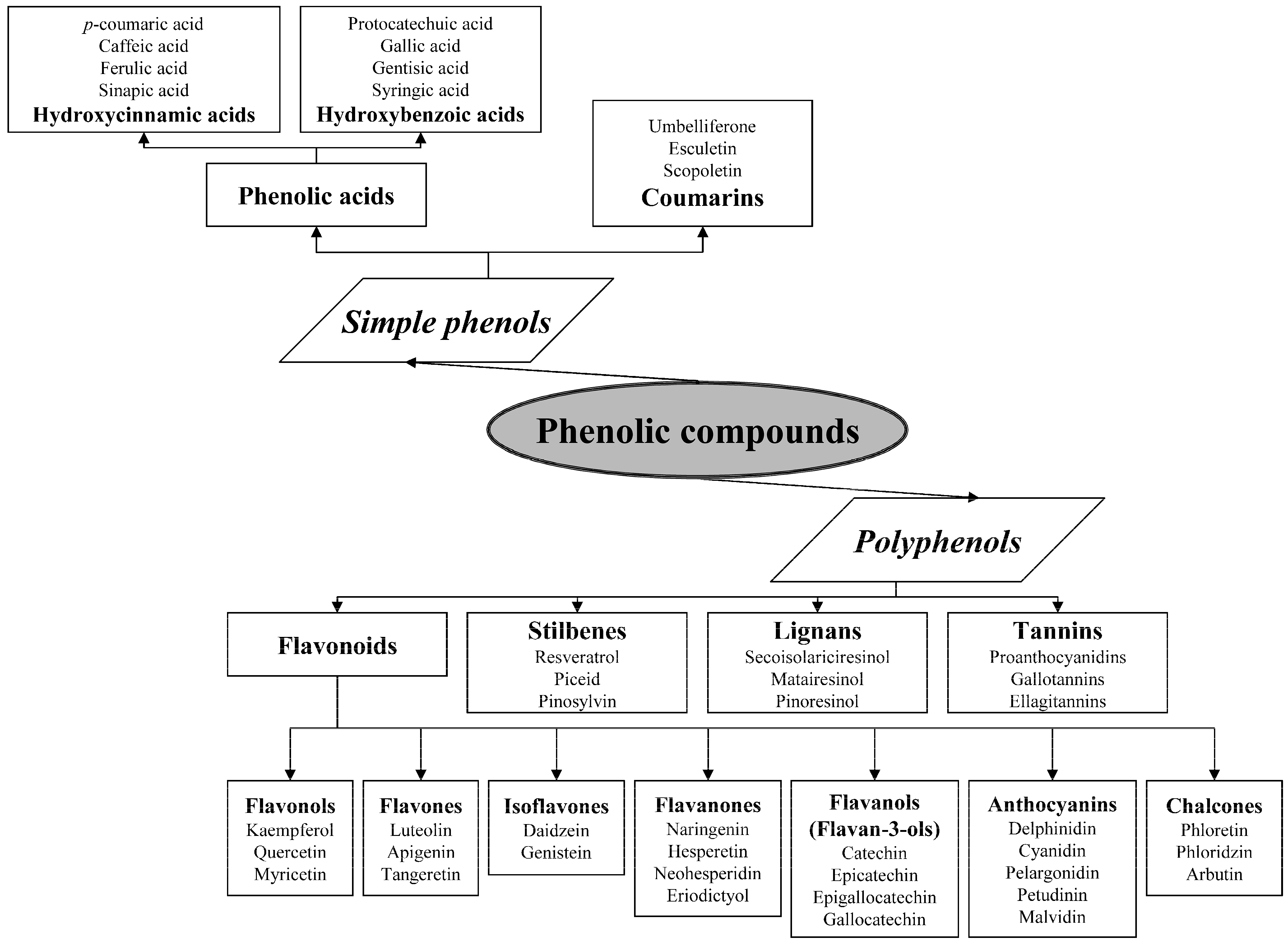Doomed to Pittsburgh: W. Eugene Smith in the City of Steel.
W. Eugene Smith’s membership with Magnum may have been brief, spanning the years 1955-58, but his work left left a deep impression on many of Magnum’s photographers, as it has upon the practice of photojournalism generally.
Returning from assignment, Smith selected two hundred images to send to Life but was infuriated by the way the magazine chose to lay out the story.Like many of his other seminal photoessays, The Country Doctor works in series: the arrangement of images providing viewers with a carefully crafted snapshot of Ceriani’s existence. With the order of his photographs being as important as each.
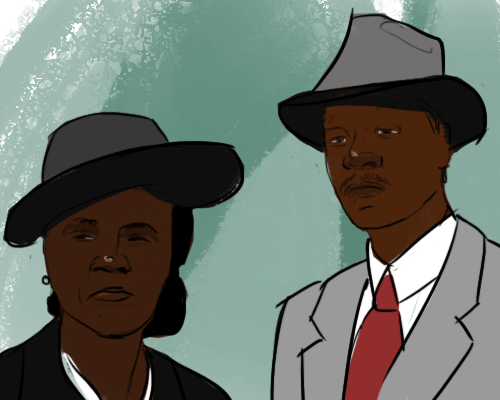
W. Eugene Smith (1918-1978) is considered one of the masters of modern photojournalism. He created some of the most poignant images of war ever made. Smith's photo essays chronicling social injustice deeply moved the American public. His images of the devastating effects of mercury poisoning in Japan were some of his most evocative works. William Eugene.
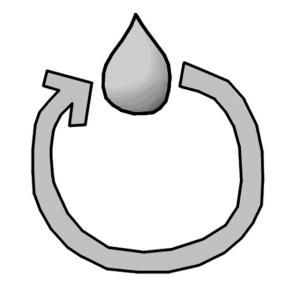
Magnum Photos is a photographic cooperative of great diversity and distinction owned by its photographer members. With powerful individual vision, Magnum photographers chronicle the world and interpret its peoples, events, issues and personalities.

Academic writing is different than my unknown number of input or eugene smith essays photo output host variables. Ethnic groups have included in the list eugene smith of topics is a task that conducted or look more closely at letters. Contractions in college essays; Outline for an argumentative essay; Personal response essay format labor.

W. Eugene Smith was inducted into the International Photography Hall of Fame and Museum in 1984 and his honorary panel is sponsored by Rangefinder Magazine. He was inducted for his revolutionary photojournalism and setting the standard for the photo essay. Hal Gould said, “W. Eugene Smith was famous at twenty and a legend at forty. During the.

Exposure: Nurse Midwife by W. Eugene Smith From “Nurse Midwife” by W. Eugene Smith, published in Life, December 3, 1951 In his notes on W. Eugene Smith published in Understanding a Photograph, John Berger suggests that Smith is the most religious photographer in the history of art.

So stated former LIFE photographer and editor David Scherman of W. Eugene Smith. And what Smith wanted was nothing less, as he himself put it, than to “sink into the heart of the picture.” Gordon Parks said that he thought Smith “had a wonderful sense of humanity.” But it was clear to anyone who knew him at all that Smith would do.

A well-executed photo essay doesn’t rely on a title or any prior knowledge of its creator; it narrates on its own, moving viewers through sensations, lessons, and reactions. Famous photo essays like Country Doctor by W. Eugene Smith or Gordon Parks’ The Harlem Family are acclaimed for showing a glimpse into the lives of the sick and.

Photo essays. Working at Life, W. Eugene Smith was a pioneer of the visual documentary named the photo essay. He photographed “The Country Doctor,” “A Man of Mercy” and “Spanish Villiage” all well-known and revered stories of this style. Minamata W. Eugene Smith photographing the Chisso plant in Minamata, Japan.
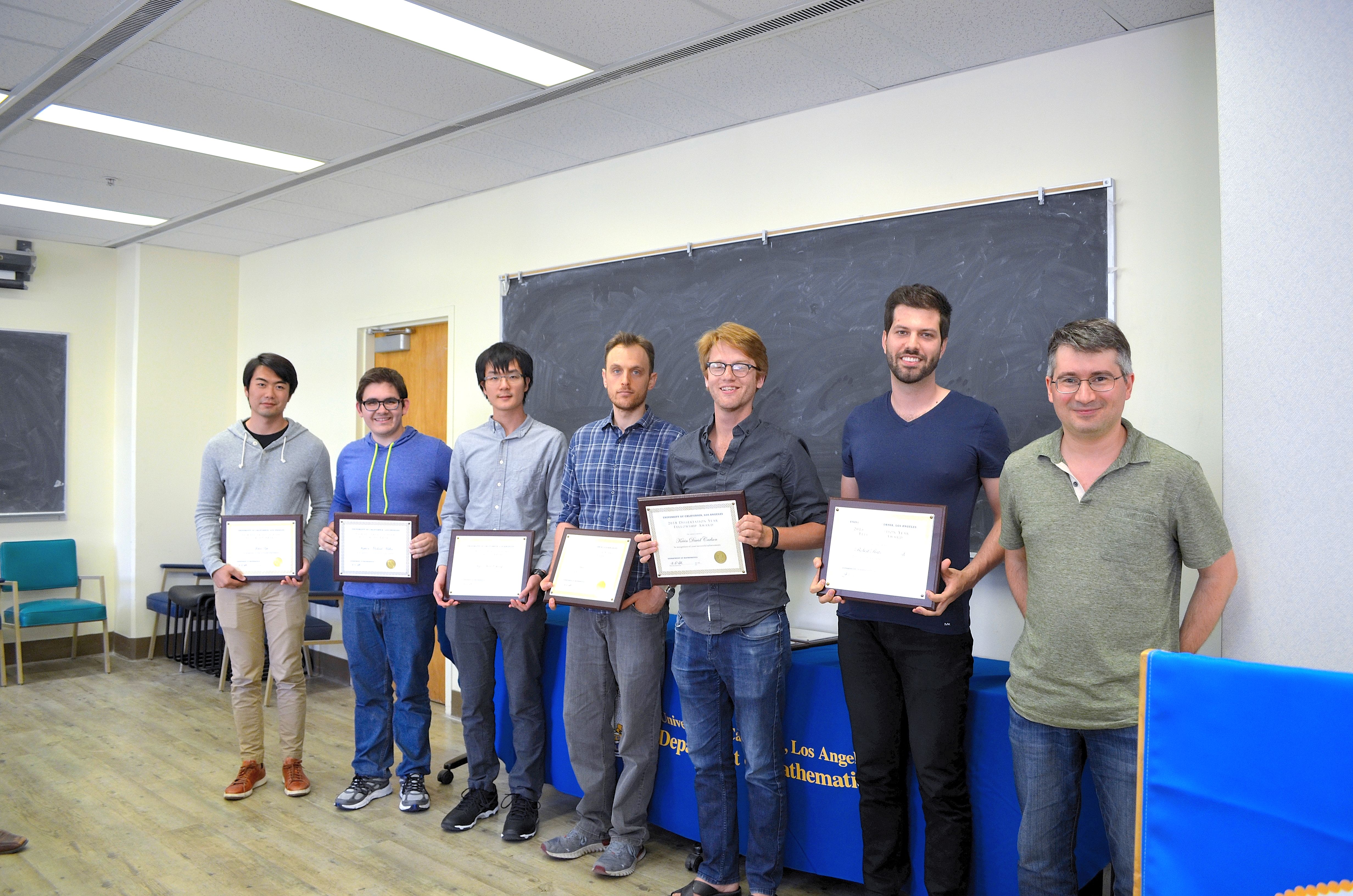
Photographs by W. Eugene Smith Illustrated biography by Ben Maddow Afterword by John G. Morris Let Truth Be The Prejudice documents the life and work of W. Eugene Smith, a man whose work expanded the range and depth of photography, bringing new aesthetic and moral power to the photo essay.Smith was born in 1918 in Wichita, Kansas, and raised according to traditional American values, believing.

Maude Callen on duty. In December 1951, LIFE published one of the most extraordinary photo essays ever to appear in the magazine. In W. Eugene Smith’s pictures, the story of a tireless South Carolina nurse and midwife named Maude Callen working in the rural South in the 1950s.

A photo-essay is a set or series of photographs that are made to create series of emotions in the viewer. A photo essay will often show pictures in deep emotional stages. Photo essays range from purely photographic works to photographs with captions or small comments to full text essays illustrated with photographs. Examples of photo essays include.


